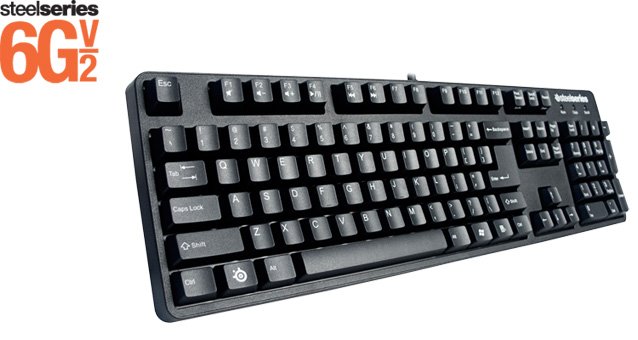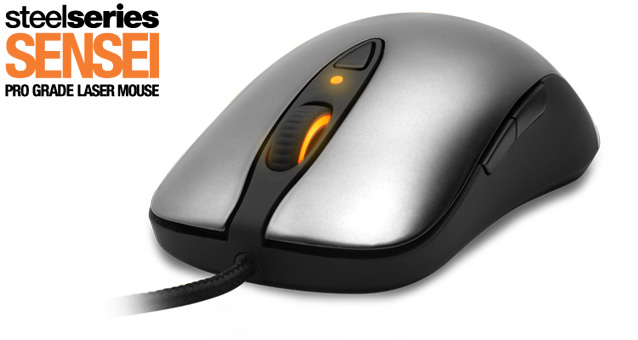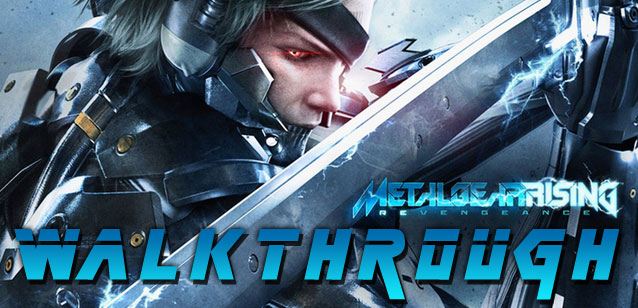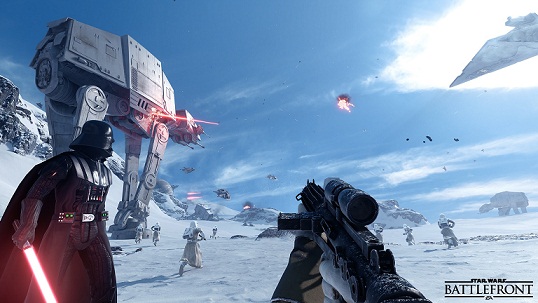

Steelseries has long been one of the most well known brand names of PC gaming peripherals ever since their founding in 2001. They've sponsored innumerable pro-gaming tourneys and made their mark, and they continue to be major backers in the scene. Gamers swear by the brand, and with good reason.
I've been using both the mouse and keyboard provided to me by SteelSeries for a few months now, for the purpose of writing up this review. I've put them to heavy use in first person shooters like Battlefield 3 and click-intensive games like Shogun 2 and Torchlight. Needless to say, they've both passed with flying colors, and the mouse--I have to say--has been my favorite to date, to the extent that I've switched out from using my Apple Magic Mouse for Photoshop work with it.

The 6GV2 is the little brother of the larger 7G, retaining the latter's mechanical switches whole ditching the large surface for a much more streamlined design with only enough room for the keys.
Firstly, if you're unfamiliar with mechanical switches on keyboards, you should know that most keyboards are designed with rubber pressure-sensitive pads within them. They are known as rubber dome keyboards. Typing on a regular keyboard feels a bit like pressing your fingers on gum. In contrast, a mechanical keyboard (there are several kinds) provides a better tactile feedback, making it better for typing fast, more accurately, and more comfortably.
The 6GV2 is one of these keyboards, offering Cherry MX (that's the manufacturer) black switches. It differs from the brown and blue switches on other gaming keyboards (the Das Keyboard uses blue switches) in that it has a completely linear design, without a tactile bump or the clicky noise that tends to emanate from mechanical keyboards. The result is that it's more silent than most mechanical keyboards. The tactile stuff is just a matter of taste. Personally, I prefer the equally squak-less tactile brown switches of the Filco Majestouch, but the blacks are a close second.
Using a mechanical keyboard offers several advantages. Namely, these things can take a beating, and that's in no small part due to the heavy steel plate in the keyboard that also keeps it firm on the table and prevents it from moving around when you're typing or gaming. The keys themselves offer up to 25 million keystrokes, supposedly. I can't test that but being of mechanical design, they're certain to last a lot longer than rubber dome keyboards, which suffer from wear and tear and don't take kindly to either heat or humidity.
Once you type on a mechanical keyboard, it's a struggle to go back to the cheap--though sometimes overpriced--rubber dome ones. I'm looking at you, Razer.

Gaming mice are dime a dozen these days, often coming in an array of ridiculous forms which their designers tout as 'ergonomic' or some other marketing buzzword. Needless to say, they're ugly--a real sight for sore eyes which kind of trick their users into thinking that they MUST offer better performance than cheaper mice because they cost a lot, and because they look funny.
The Sensei isn't one of them. It's built for no-frills gaming. Offering 5700 DPI (that's how many pixels it can see per inch of its laser sensor), the Sensei is accurate as any mouse could ever hope to be short of becoming an electron microscope. And unlike the competition, the Sensei is sleek. It has a fairly simple design for a mouse--just the way I like it. It fits well in my hand, as I suspect it would in any. There's no weird 'ergonomic' factors in the design to get in the way. The design is simple because it works, and it doesn't need to be anything else.
The Sensei even comes with its own software allowing you to configure the sensitivity and program it's many (but not too many) buttons. You can also change the color of the Lights on the mouse or turn them off entirely. Despite its sleek design, the team that made it thought to include at least one frivolity--which is fine, given that it doesn't impact it's performance in any way.
If you're looking for a mouse and keyboard set that allows you to both work and play, you can't go wrong with the Sensei and the 6GV2. The only irony is that I wrote this article on an iPad.
Both the SteelSeries Sensei and the SteelSeries 6GV2 were provided to us by SteelSeries for the purpose of reviewing them. You can visit their website here.




 Metal Gear Rising: Revengeance Walkthrough
Metal Gear Rising: Revengeance Walkthrough Just Cause 3 Formula 1 (F1) Car Location
Just Cause 3 Formula 1 (F1) Car Location Star Wars Battlefront - All Weapons and Equipment at a glance
Star Wars Battlefront - All Weapons and Equipment at a glance How to Save Thousands: Consolidate Your Student Loans
How to Save Thousands: Consolidate Your Student Loans 9 Video Game Deals You Absolutely Don't Want To Miss
9 Video Game Deals You Absolutely Don't Want To Miss